Admiring the Nuance of Michelangelo Antonioni at the MoMA
The Museum of Modern Art is holding a complete retrospective of late writer-director Michelangelo Antonioni’s (1912-2007) work. Open through Jan. 7, the show is the first of its kind in New York for more than a decade.
Organized in a collaboration by Luce-Cinecitta, The MoMA and curator Joshua Siegel, the exhibition features nearly 40 digital preservations and 35mm prints of Antonioni’s productions.
The collection focuses on Antonioni's legendary collaborations with Italian actress Monica Vitti with a catalog of screenings including the trilogy of L’Avventura, L’Eclisse and La Notte, as well as the films Red Desert, Blow-Up and The Passenger. The director’s sociopolitical concerns are also conveyed, as the exhibition showcases his neorealist documentary shorts as well as Chung Kuo-China (1972), an impressionistic film focusing on China during the Cultural Revolution.
Born in the northern Italian city of Ferrara, Michelangelo Antonioni was an innovative, versatile film director, screenwriter, editor and short story writer. He began a career in cinema in 1939. In his productions, Antonioni restlessly experimented with composition, camera movement and cuts, developing a unique metaphoric style that was a critical reaction to postwar Neorealism. His works redefined the concept of narrative cinema, as he constantly challenged established traditions and norms in the worlds of storytelling, realism and drama.
Rather than maintain the neorealist ideals of recording an untampered reality emphasizing the struggles of real people after the war, Antonioni constructed the films themselves as metaphors for the human experience. His works were structured around the visual (most often the modern industrial landscape), not a conventional plot or character analysis. He rejected action in favor of contemplation and focused on image and design over character and story. Antonioni influenced not only postwar cinematography, but also architecture, design, fashion, literature and even conceptions of reality.
Book Presentation at IIC:
In honor of the Michelangelo Antonioni retrospective at the MoMA, New York’s Istituto Italiano di Cultura organized a presentation of the book My Antonioni, edited by Carlo di Carlo and translated in English, a selection of the director’s writings on cinema and his works. The book will accompany the ongoing exhibition.
“Michelangelo Antonioni is more than just a filmmaker. He is an incredible Italian artist, and I think that his influence went well beyond the world of movies and cinema,” said IIC Director Giorgio Van Straten as he introduced the event. “I couldn’t imagine a better place to have a retrospective of Antonioni than the MoMA, because how many times while watching his movies have we thought about how much those frames deserve to be in a museum of modern art.”
The presentation consisted of three speakers, each of whom spoke on Antonioni’s work and their relationship to him. The first was David Forgacs, professor of Contemporary Italian Studies at NYU and director of the school’s Italian department. Forgacs, who was also celebrating his 65th birthday, recalled a fascination with Antonioni that began at the age of 13, when his father took him to see the film Deserto Rosso. He revealed to the audience the techniques of frame composition and expression in Antonioni’s work that have so intrigued him over the years.
Next to speak was Lila Azam Zanganeh, author of The Enchanter: Nabokov and Happiness and Love, the World Suddenly Turns, who has taught classes in literature and cinema at Harvard. She gave a personal take on Antonioni and the book based on her position as both a writer and a lover of cinema.
The final presenter, Antonio Monda, is an Italian writer, film director, essayist, and professor at NYU Tisch. He is also the The Artistic Director of the Rome Film Fest as well as of the literary festival Le Conversazioni, and a co-founder of Open Roads/New Italian Cinema at Lincoln Center. Monda explains that one key word he picked up from the book My Antonioni is change.
“One of the overlooked elements of Antonioni’s greatness is how he understood how Italy was changing, especially in the early 60’s, from an agricultural nation into an industrial place,” he said. “And this was also changing the way we lived, the Italian soul. Many of Antonioni's ideas and scenes influenced other filmmakers, but Monda believes the idea is always the same: “How industry is changing forever the soul of the characters.”
The presentation ended with a word from Antonioni’s widow, Enrica Fico Antonioni, on her late husband.
“I should be jealous about the title of this book My Antonioni, because Antonioni is mine,” she began. “But Antonioni is also Carlo’s, Antonioni is yours. And I understand that Antonioni can be read by everybody, and everybody has his own Antonioni. And that is really the strength of Michelangelo, that when he makes a film he opens so many questions. And everybody is capable of answering them and making his own movie, his own Antonioni, inside.”
The Exhibition Debut:
On the following day, The MoMA celebrated the opening of the Antonioni exhibition with an inaugural event organized by Sally Fischer PR. The occasion drew the presence of notable personalities in addition to the late Antonioni’s wife such as Consul General of Italy in New York Francesco Genuardi and Roberto Cicutto, the president of Istituto Luce-Cinecitta.
To kick off the retrospective, Antonioni's 1964 film Deserto Rosso (Red Desert) was screened at the museum’s Titus I Theater. The masterpiece was the director’s first color film, which won a Golden Lion and Best Film at the Venice Film Festival that year. Deserto Rosso was the last in a series of four films Antonioni made between 1959 and 1964 starring actress Monica Vitti, who was both a romantic partner and a muse to the director. The film is centered around a woman trying to navigate the modern world of neurosis and existential doubt, using metaphorical representation of empty space and dominant colors to paint a picture of oppression and frustration.
"Our aim with this retrospective is first of all to give Antonioni's masterpieces to the new generations of cinema lovers, who have never seen the art on the big screen,” explained exhibition curator Siegel at the opening.
For more on the Antonioni exhibition and a schedule of film screenings, please visit: https://www.moma.org/calendar/film/3894?locale=en






























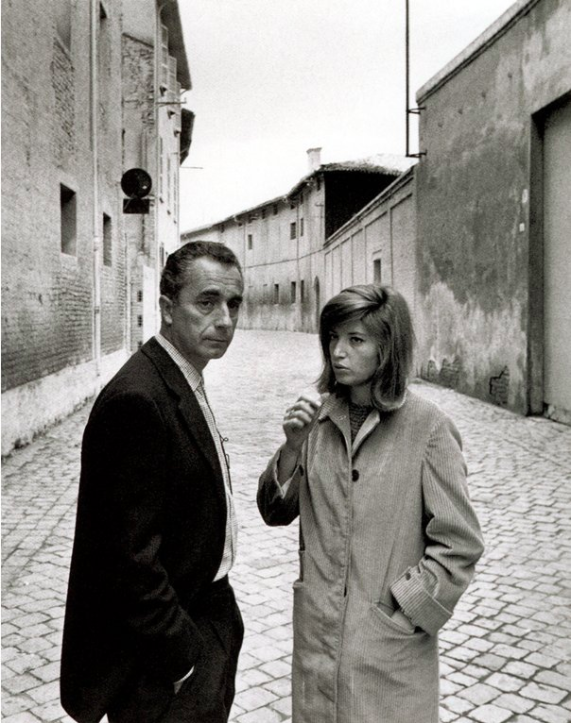
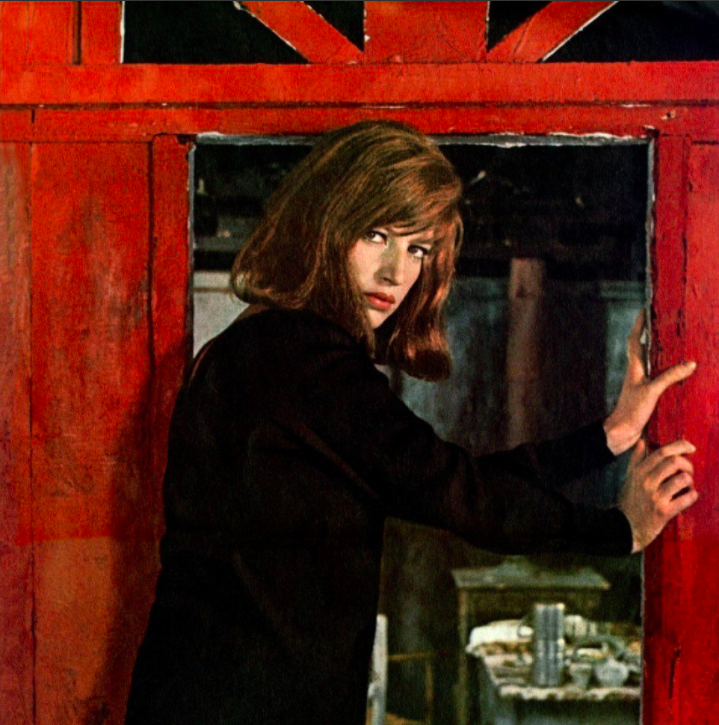
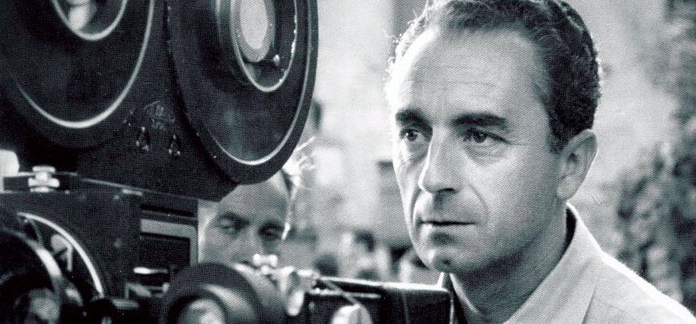
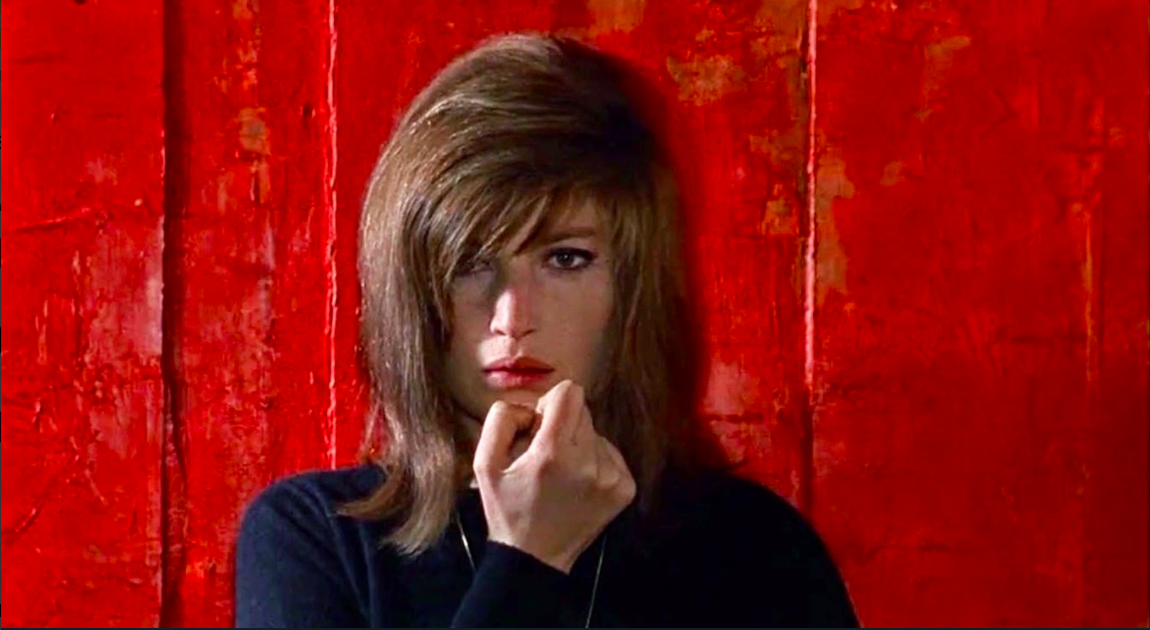

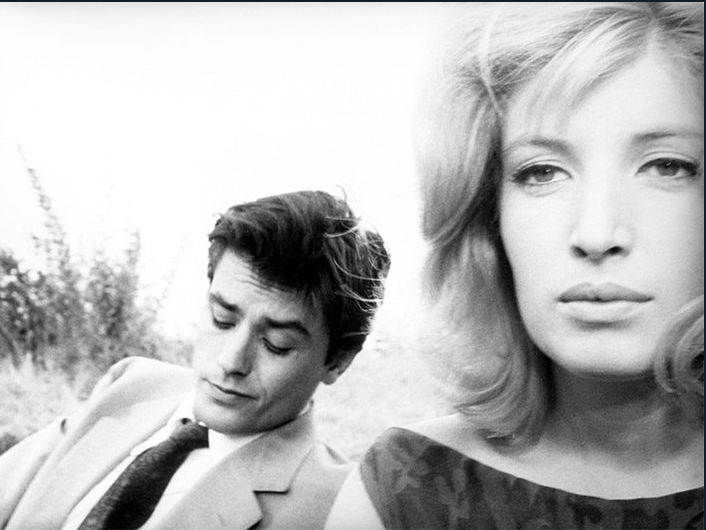
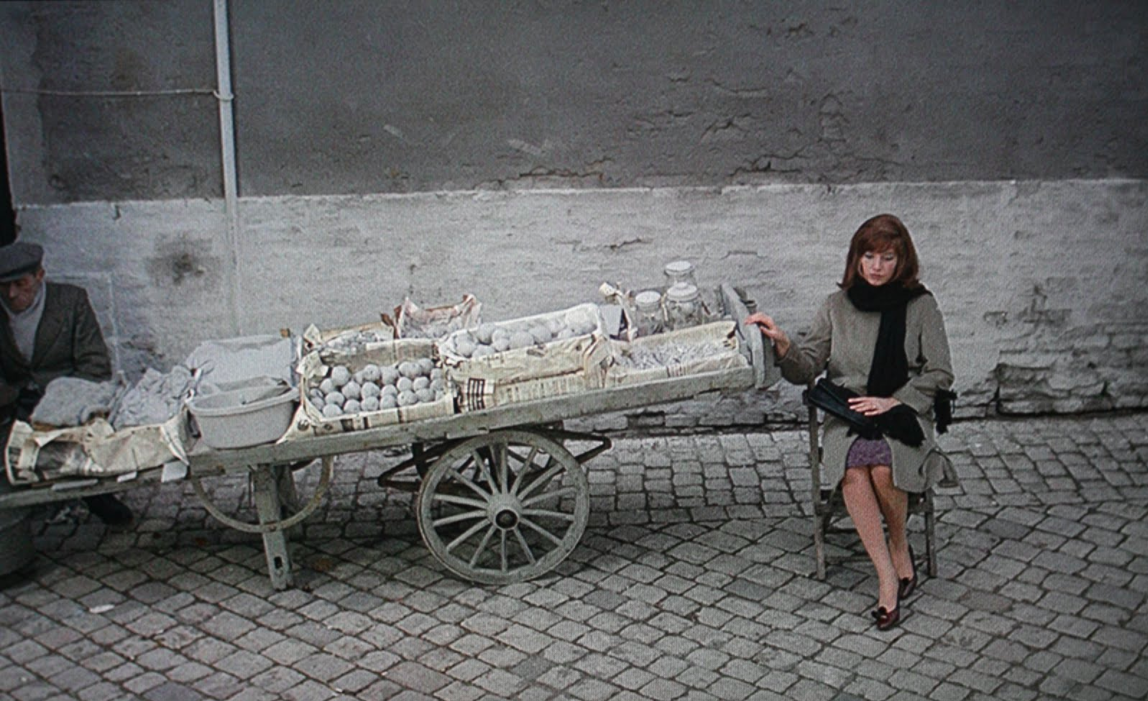






i-Italy
Facebook
Google+
This work may not be reproduced, in whole or in part, without prior written permission.
Questo lavoro non può essere riprodotto, in tutto o in parte, senza permesso scritto.